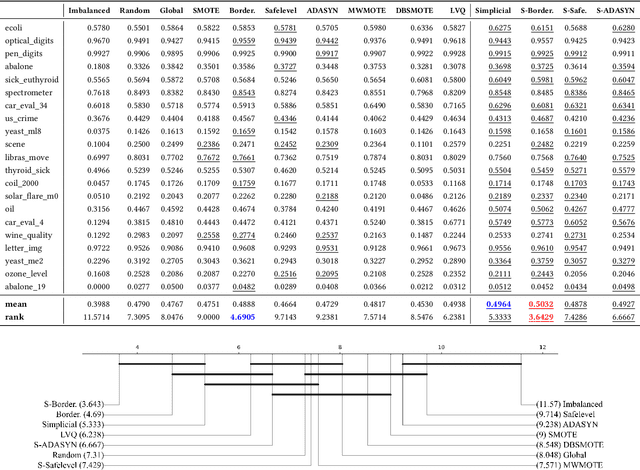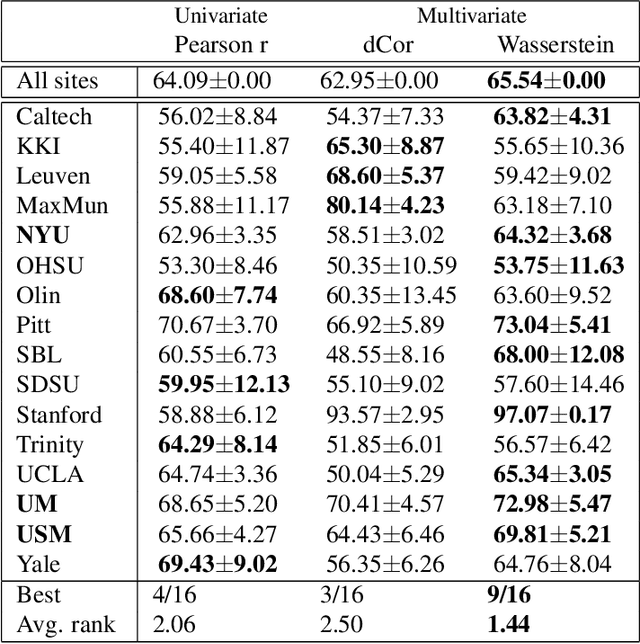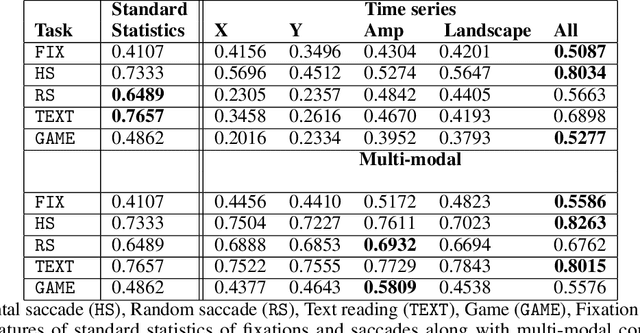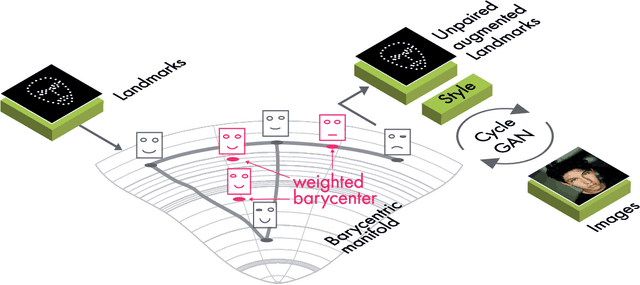Oleg Kachan
HN-MVTS: HyperNetwork-based Multivariate Time Series Forecasting
Nov 11, 2025Abstract:Accurate forecasting of multivariate time series data remains a formidable challenge, particularly due to the growing complexity of temporal dependencies in real-world scenarios. While neural network-based models have achieved notable success in this domain, complex channel-dependent models often suffer from performance degradation compared to channel-independent models that do not consider the relationship between components but provide high robustness due to small capacity. In this work, we propose HN-MVTS, a novel architecture that integrates a hypernetwork-based generative prior with an arbitrary neural network forecasting model. The input of this hypernetwork is a learnable embedding matrix of time series components. To restrict the number of new parameters, the hypernetwork learns to generate the weights of the last layer of the target forecasting networks, serving as a data-adaptive regularizer that improves generalization and long-range predictive accuracy. The hypernetwork is used only during the training, so it does not increase the inference time compared to the base forecasting model. Extensive experiments on eight benchmark datasets demonstrate that application of HN-MVTS to the state-of-the-art models (DLinear, PatchTST, TSMixer, etc.) typically improves their performance. Our findings suggest that hypernetwork-driven parameterization offers a promising direction for enhancing existing forecasting techniques in complex scenarios.
Simplicial SMOTE: Oversampling Solution to the Imbalanced Learning Problem
Mar 05, 2025



Abstract:SMOTE (Synthetic Minority Oversampling Technique) is the established geometric approach to random oversampling to balance classes in the imbalanced learning problem, followed by many extensions. Its idea is to introduce synthetic data points of the minor class, with each new point being the convex combination of an existing data point and one of its k-nearest neighbors. In this paper, by viewing SMOTE as sampling from the edges of a geometric neighborhood graph and borrowing tools from the topological data analysis, we propose a novel technique, Simplicial SMOTE, that samples from the simplices of a geometric neighborhood simplicial complex. A new synthetic point is defined by the barycentric coordinates w.r.t. a simplex spanned by an arbitrary number of data points being sufficiently close rather than a pair. Such a replacement of the geometric data model results in better coverage of the underlying data distribution compared to existing geometric sampling methods and allows the generation of synthetic points of the minority class closer to the majority class on the decision boundary. We experimentally demonstrate that our Simplicial SMOTE outperforms several popular geometric sampling methods, including the original SMOTE. Moreover, we show that simplicial sampling can be easily integrated into existing SMOTE extensions. We generalize and evaluate simplicial extensions of the classic Borderline SMOTE, Safe-level SMOTE, and ADASYN algorithms, all of which outperform their graph-based counterparts.
Multivariate Wasserstein Functional Connectivity for Autism Screening
Sep 23, 2022


Abstract:Most approaches to the estimation of brain functional connectivity from the functional magnetic resonance imaging (fMRI) data rely on computing some measure of statistical dependence, or more generally, a distance between univariate representative time series of regions of interest (ROIs) consisting of multiple voxels. However, summarizing a ROI's multiple time series with its mean or the first principal component (1PC) may result to the loss of information as, for example, 1PC explains only a small fraction of variance of the multivariate signal of the neuronal activity. We propose to compare ROIs directly, without the use of representative time series, defining a new measure of multivariate connectivity between ROIs, not necessarily consisting of the same number of voxels, based on the Wasserstein distance. We assess the proposed Wasserstein functional connectivity measure on the autism screening task, demonstrating its superiority over commonly used univariate and multivariate functional connectivity measures.
Individual Topology Structure of Eye Movement Trajectories
May 24, 2022



Abstract:Traditionally, extracting patterns from eye movement data relies on statistics of different macro-events such as fixations and saccades. This requires an additional preprocessing step to separate the eye movement subtypes, often with a number of parameters on which the classification results depend. Besides that, definitions of such macro events are formulated in different ways by different researchers. We propose an application of a new class of features to the quantitative analysis of personal eye movement trajectories structure. This new class of features based on algebraic topology allows extracting patterns from different modalities of gaze such as time series of coordinates and amplitudes, heatmaps, and point clouds in a unified way at all scales from micro to macro. We experimentally demonstrate the competitiveness of the new class of features with the traditional ones and their significant synergy while being used together for the person authentication task on the recently published eye movement trajectories dataset.
Data Augmentation with Manifold Barycenters
Apr 02, 2021



Abstract:The training of Generative Adversarial Networks (GANs) requires a large amount of data, stimulating the development of new data augmentation methods to alleviate the challenge. Oftentimes, these methods either fail to produce enough new data or expand the dataset beyond the original knowledge domain. In this paper, we propose a new way of representing the available knowledge in the manifold of data barycenters. Such a representation allows performing data augmentation based on interpolation between the nearest data elements using Wasserstein distance. The proposed method finds cliques in the nearest-neighbors graph and, at each sampling iteration, randomly draws one clique to compute the Wasserstein barycenter with random uniform weights. These barycenters then become the new natural-looking elements that one could add to the dataset. We apply this approach to the problem of landmarks detection and augment the available landmarks data within the dataset. Additionally, the idea is validated on cardiac data for the task of medical segmentation. Our approach reduces the overfitting and improves the quality metrics both beyond the original data outcome and beyond the result obtained with classical augmentation methods.
 Add to Chrome
Add to Chrome Add to Firefox
Add to Firefox Add to Edge
Add to Edge